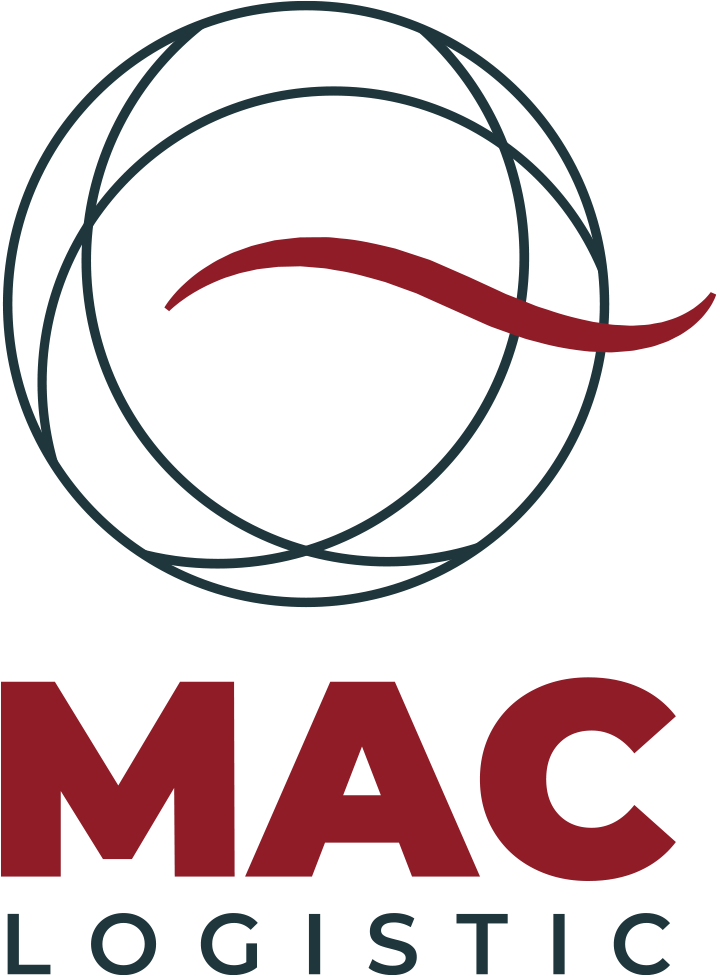
The war between Russia and Ukraine continues to put pressure on oil and food prices around the world. A major new tremor is already on the agenda: the harsh winter in that region, which is facing a shortage of resources. Winter, which officially starts on December 1, is expected to have a huge impact on the entire Ukrainian population, so the pressure for a solution to this conflict is likely to increase in the coming weeks.
Despite activities in China having started to return since the beginning of June, the Chinese government remains firm in its “Covid Zero” policy and if other cases have been detected, the possibility of a new lockdown is not ruled out and should further deteriorate the estimate. growth rate, which could reach 3.3% this year – the worst growth rate in 30 years.
The Aircraft Utilization Factor remains high and no new spaces are expected to be made available to the market. The trend is that high tariff levels are maintained and only with weekly validity negotiations.
Sea freight, while still well above pre-pandemic levels, have dropped by more than 13% in recent weeks, reaching levels below those for the same period of the year for the first time. Only Europe, which has congested ports and on strike, maintains the same levels at this moment.
At any moment, the Maritime Companies are ready to adopt once again the “Blank Sailing”, with the clear intention of keeping the levels of utilization of the ships high and, consequently, the levels of tariffs.
There are still ports in the United States, China and Europe with chronic congestion problems that have not been resolved even with the reduction in volumes in recent months.
While Europe is in conflict with port workers, negotiations with workers on the US West Coast are progressing, but there are sensitive issues in the negotiation between North American rail workers.
Allied to all of the above events, there is still inflation that strongly pressures the entire globe and in some countries such as the United States and Germany. The inflation rate has been the highest in the last 40 years.
The so-called “High” season should have already begun, or at most be about to begin, and the last three months would have been the low season. If this is confirmed, we will see the worsening of congestion at ports and airports and freight rates going up again.
However, be careful with the stocks of large retailers, especially in the United States, which are the world’s largest importers and have reported high levels of inventories.
All eyes are on the great actor in this whole scenario at this moment: the consumer. If these stop spending, importers will react quickly, canceling production orders that will strongly impact the second half that we are beginning to experience.
While “Spot Freight” rates can give a clue about the temperature of the scenario, it all depends on what consumers are going to do – or, what importers think about how consumers are going to behave.
That’s why we’ll be on the lookout in July, as we’re sure to have a lot of answers about the rest of this year.



